KTM 250 Adventure vs Royal Enfield Himalayan – Comparison
The growing trend of touring and increasing demand for ADVs have led many manufacturers to offer all kinds of entry-level touring machines in India. So, the question is – if you are looking to invest in one of these low-budget, rider-friendly ADVs, which one should you go for?

In a world full of high-tech ADVs, the RE Himalayan and KTM 250 Adventure offer the masses alternatives that not only are affordable but also pack powerful performance. So, which one should be your pick?
As we emerge out of what has been a surprise punch to the face of mankind, it’s natural to want to get out of the necessary confines that we all were subjected to and move around. Now, let me make it clear that I am not advocating mass travel in these times, but I, for one, am looking to go on a few road trips before the inevitable third wave hits.
Now, for us bike lovers, a road trip means a bike trip, and if you are someone who is adventurous at heart, then there could be nothing better than going on a trip on a capable and comfortable ADV. But here is the rub – for the vast majority of us, owning a big, expensive ADV, say a Triumph or a BMW, is nothing but an unattainable dream. While it may very well be true, it doesn’t mean we can’t own a highly capable and fun adventure touring machine.
And that’s exactly what Royal Enfield wanted to offer to its customers when it launched the Himalayan. While many RE enthusiasts have, in fact, done plenty of adventure touring in the past on their modern classics, those bikes were, let’s be honest, not really adventure motorcycles – adventure touring on them was more to the credit of the rider who had to push those bikes to their limits. Travelling and adventure tourism were also gaining popularity, and RE realised that it was an opportune moment for a highly capable adventure touring bike that would cater to the masses. No wonder, then, that the Himalayan was a massive success – it is recognised as a fantastic beginner ADV not just in India but also globally.
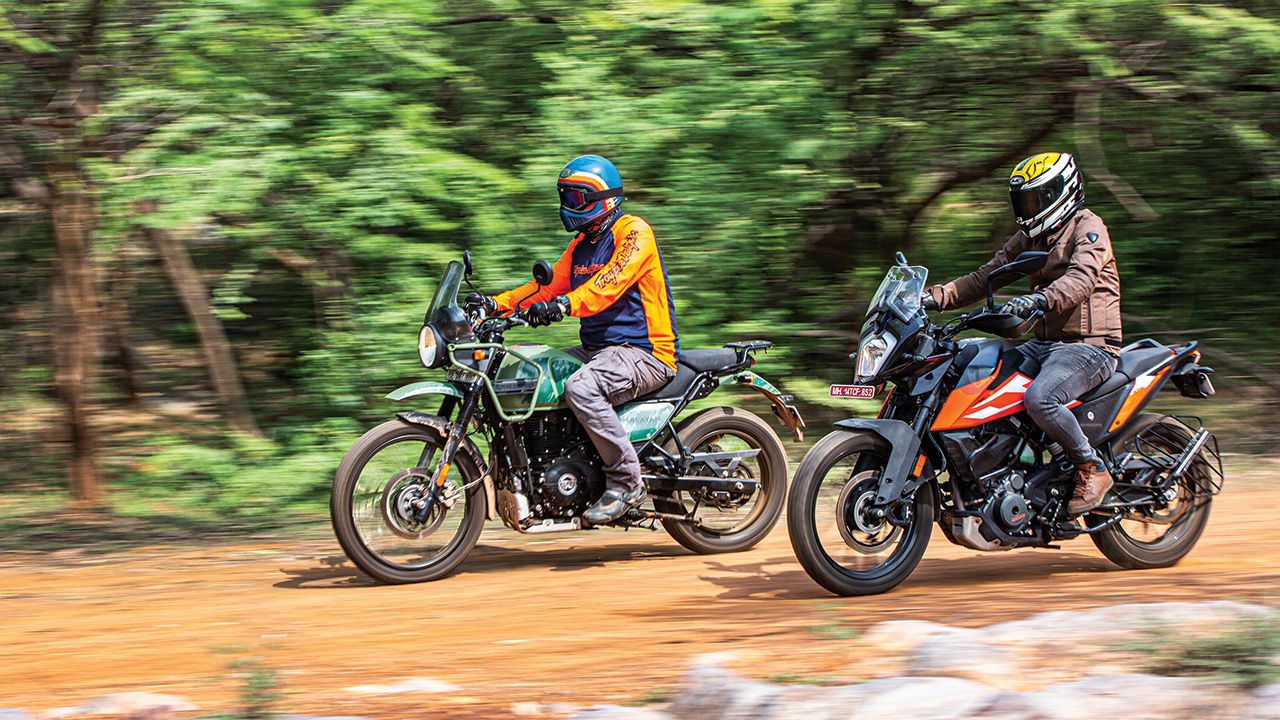
The same could be said about KTM and its plans to offer something a little more affordable than its 390 Adventure. The growing trend of touring and increasing demand for ADVs have led many manufacturers to offer all kinds of entry-level touring machines in India. And the KTM 250 Adventure is another affordable machine that will allow enthusiasts to enter the world of adventure touring in a more youthful manner.
So, the question is – if you are looking to invest in one of these low-budget, rider-friendly ADVs, which one should you go for?
Old Timer
The Himalayan is a tried and tested piece of machinery. I have ridden every version of the bike, and every time I ride it, it manages to captivate me by its ease and comfort, which, let’s face it, are two of the best traits of an ADV. Powered by a 411cc single-cylinder unit, which provides decent power for highway touring and plenty of torque for climbing steep mountain roads, the Himalayan is a great touring machine. The engine could be a bit better in terms of refinement, but it’s not bothersome at all.
Its beautiful suspension setup allows you to tackle any obstacle that you encounter, making off-road trail riding a wonderful experience. The bike has a tough build and weighs a moderate 199kgs. The seat height is very low, which allows riders of all sizes to feel confident on it. The spoked rims are good for off-roading, and the 21-inch front tyre aids in improving the bike’s overall handling. Even if you ride the Himalayan aggressively on twisty sections of the road, the bike is always well-balanced and never feels out of control.
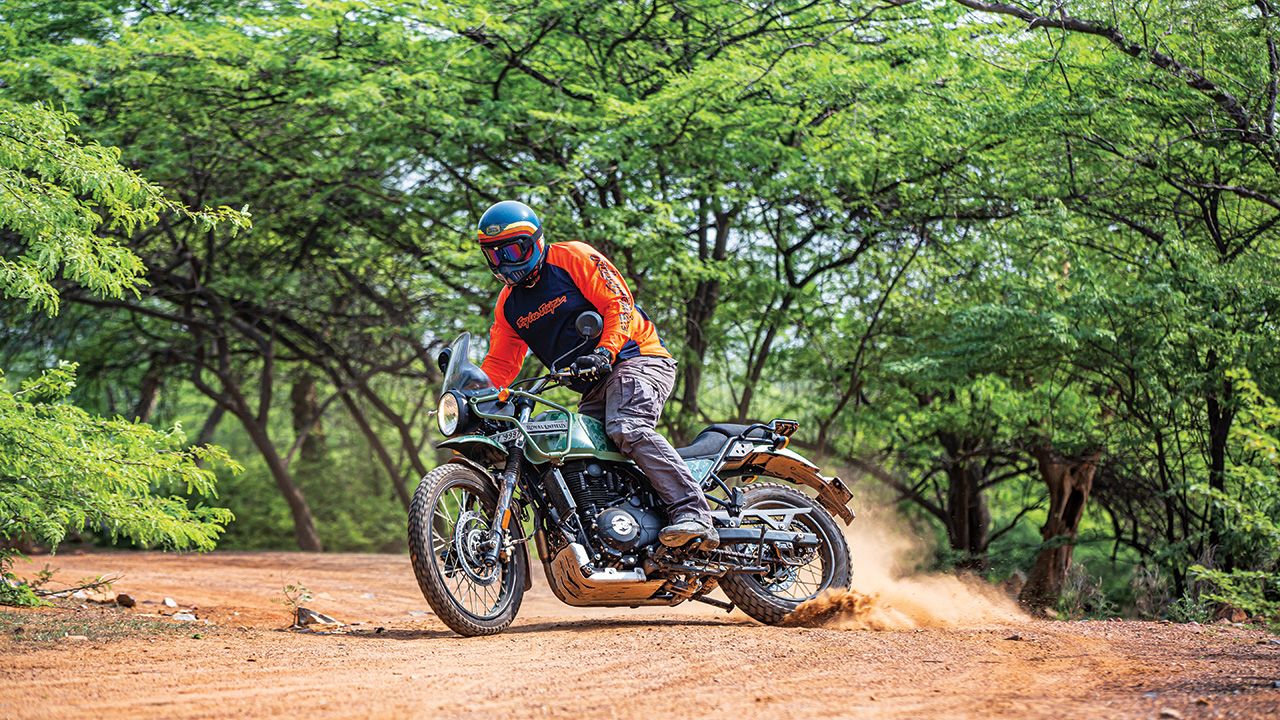
Ergonomically, it’s nice and comfortable, especially for long-distance touring. With a comfortable seat, high handlebar, and footpegs that are placed right under your hips, it even allows you to stand up on the pegs without any problems. You can also install panniers at the back and alongside the fuel tank for luggage or tools.
All these features make the Himalayan a wonderful beginner ADV – in fact, even seasoned riders will appreciate its gusto and bravado while traversing difficult roads. Moreover, it’s also the cheapest adventure touring machine available, which makes it worth every single penny that you’ll spend on it.
Young Blood
The KTM 250 Adventure is based on the 250 Duke, which means that it, although relatively small, is nevertheless a hooligan, with a raised suspension setup. What sets the 250 Adventure apart from the bigger 390 is the lack of any substantial features, which, however, doesn’t take much away from the bike. Its 248cc single-cylinder motor is a little rough around the edges, but between 4,000 and 8,000rpm, it offers enough punch to make you enjoy the riding experience. It’s also much more comfortable than the Duke, thanks to the higher handlebar, relaxed footpeg setting, and a comfortable seat. You can enjoy its sportiness while covering long distances.

The 250 Adventure excels in terms of handling – its riding dynamics are simply brilliant. And given its incredibly lightweight – only 177kgs – it feels light-footed and can be thrown from side to side with great confidence. Taking on corners with speed is fun on this bike – it allows you to lean into sharp turns to your heart’s delight and experience raw sportiness.
The suspension is on the stiffer side, which makes it feel better planted on the road, although it can also take on some light off-road trails. You will enjoy this bike the most on a dirt trail – the bike is always eager to slide its tail out. So, how is it as an adventure touring machine? Well, let me just say that the 250 Adventure has all the right traits of a fun touring machine.
Which One is Right for You?
Not only do both bikes get ABS as standard but they also allow you to switch off the rear ABS, which is good when hitting dirt trails. The Himalayan now also comes with a navigation system, which can be controlled through your phone. It’s nothing fancy, just a basic system. Other than that, both these bikes are modest in terms of technology, which makes them a better choice for both new riders and old-school purists.

However, in terms of the overall touring and adventure package, it’s the Himalayan that comes out on top. It’s more comfortable and has a larger fuel tank, more luggage mounting options, and better suspension for off-roading. Also, it’s more relaxed for the rider and allows them to stand up on the pegs on rough trails. The KTM, on the other hand, might appeal to younger riders because of its design, peppier engine, sporty handling, and, of course, the KTM brand.
The Himalayan is also more than Rs. 50,000 cheaper than the 250 Adventure, which means you could use that extra money on some very nice accessories and build yourself a full-fledged cross-country mile muncher. But if you really have your heart set on the KTM, by all means, go for it – it’s by no means an inferior proposition in any sense of the term. That said, if you’re willing to spend a little extra, then the KTM 390 Adventure would be a much better option – one that will never let you regret your decision. In terms of value for money, though, nothing can beat the Himalayan.
Read more:
2021 Royal Enfield Himalayan Review: First Ride
Engine: 411cc / Single-Cylinder / Air-Cooled
Transmission: 5-Speed
Power: 24bhp @ 6,500rpm
Torque: 32Nm @ 4,500rpm
Price: ₹2.01 Lakh (Ex-Showroom)
X-Factor: A near-perfect machine for urban, highway, and off-road riding.
|
Pros |
Cons |
-(1).webp)

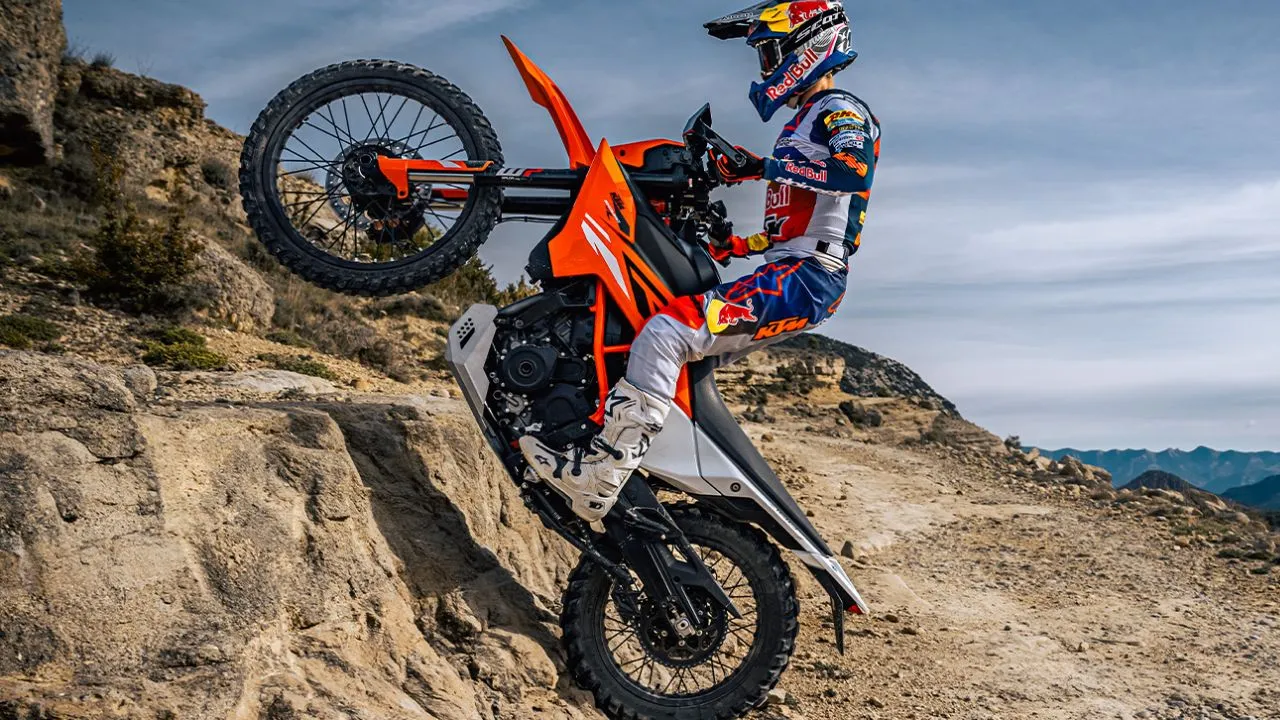

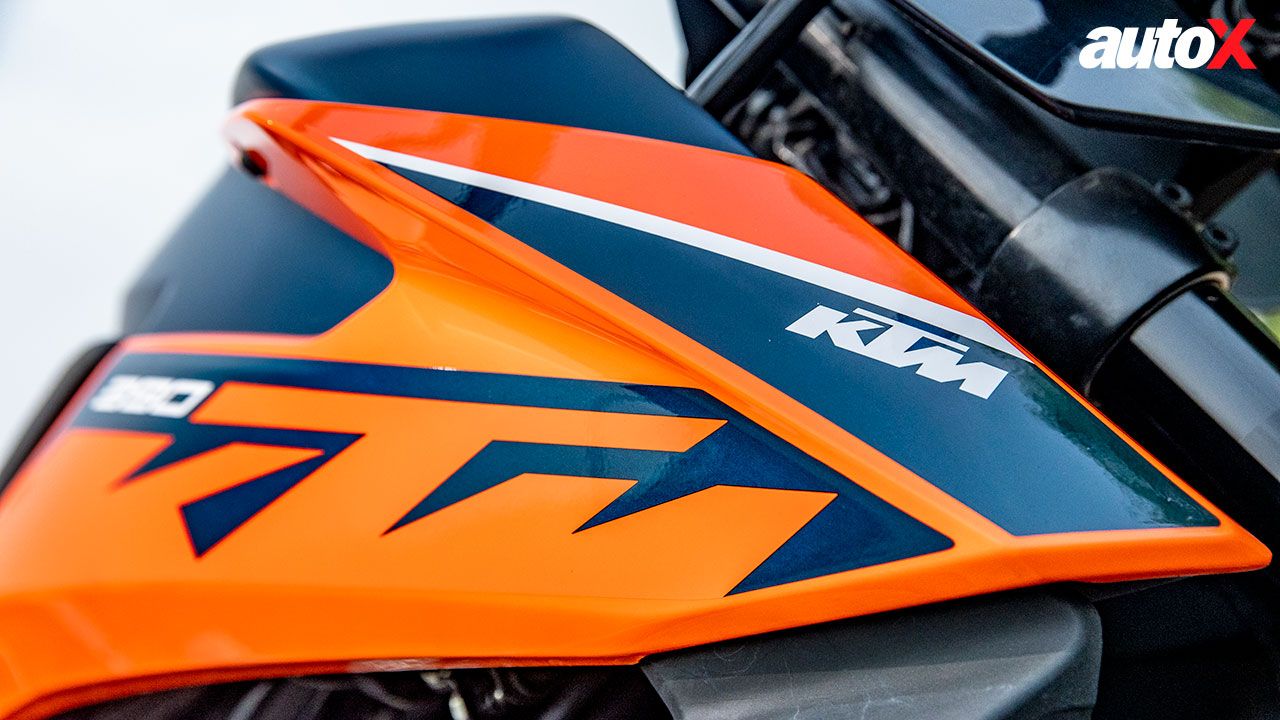
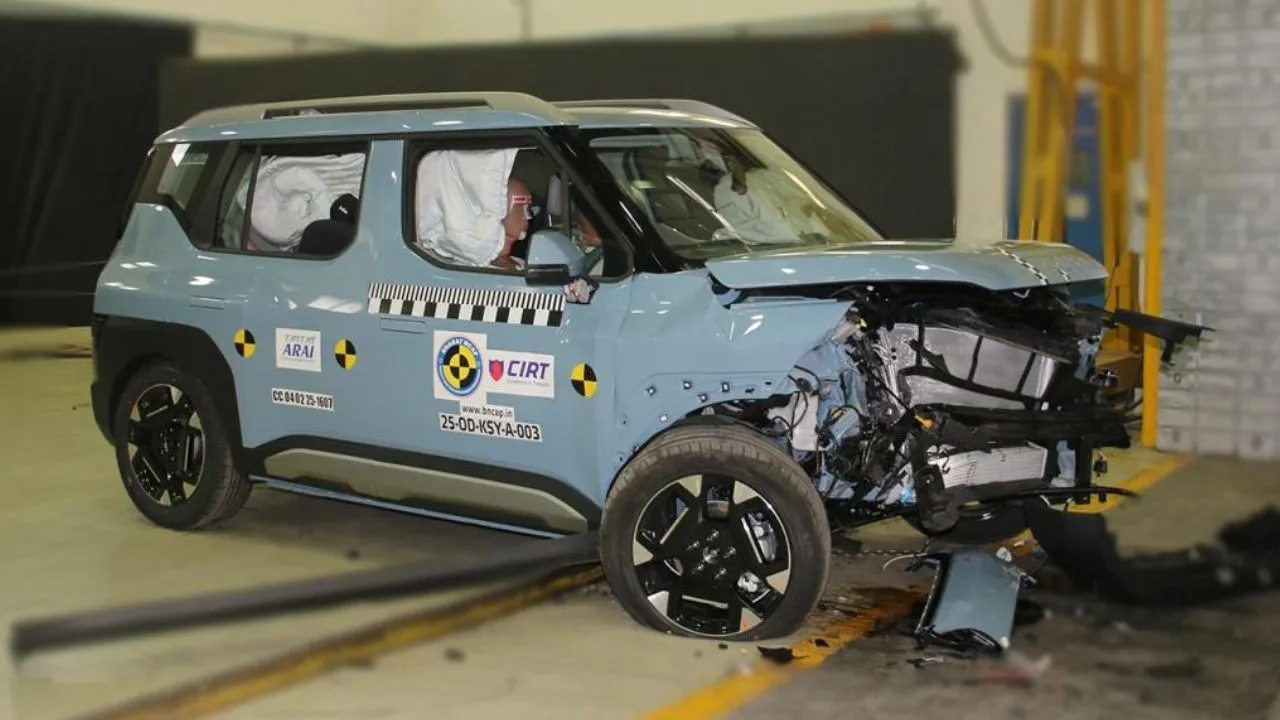
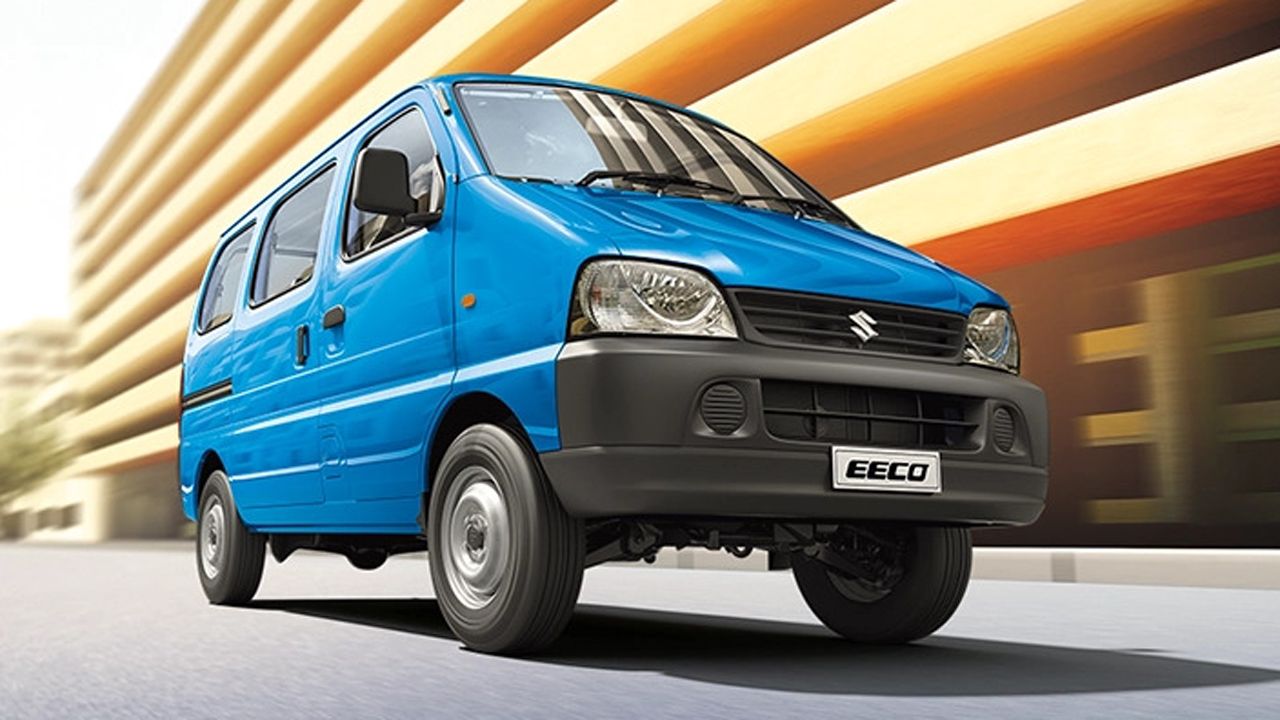
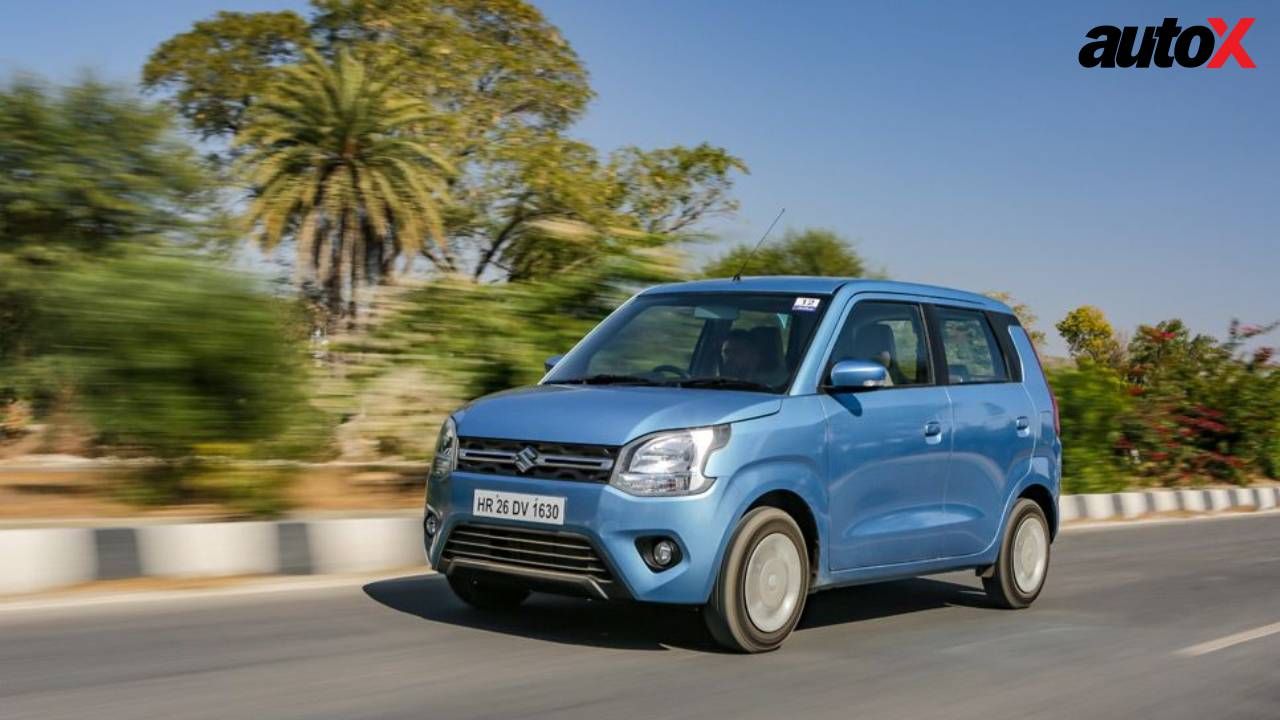
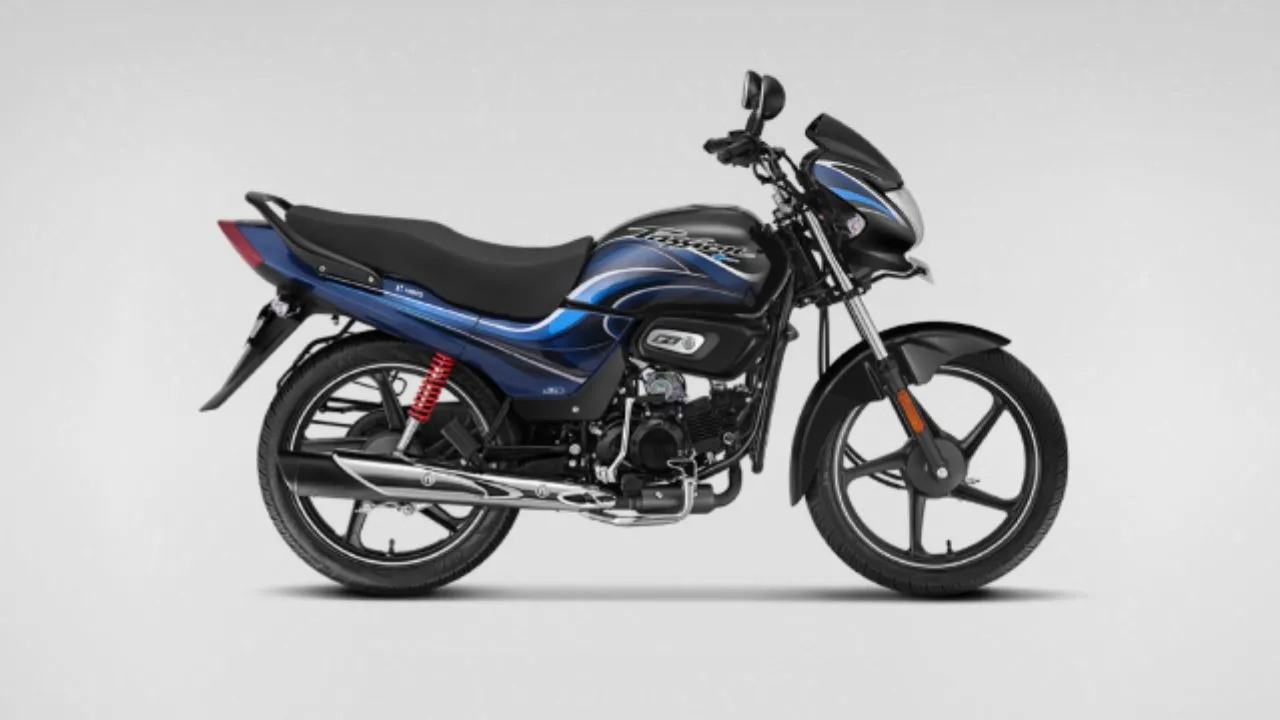


















Write your Comment on